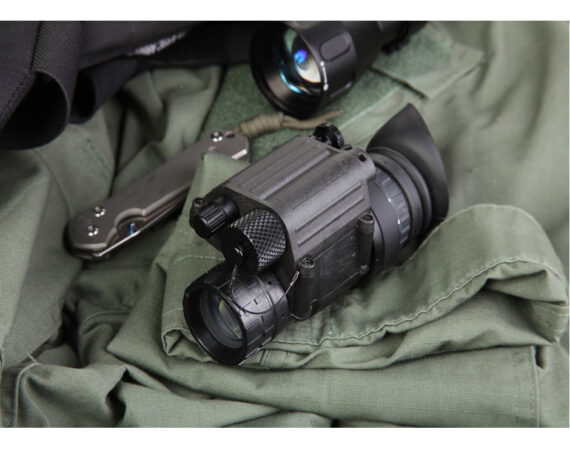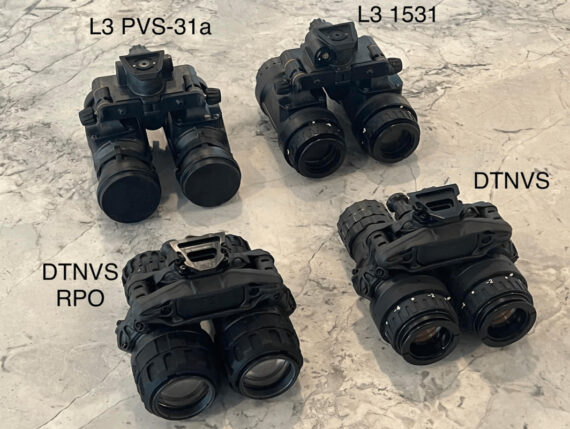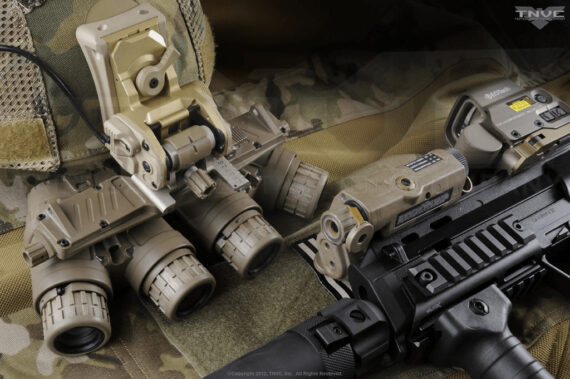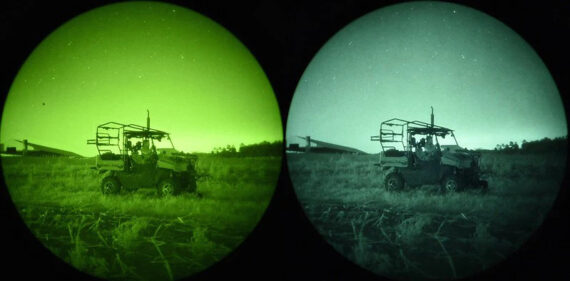Night Vision 101: Choosing The Right Night Vision For You
Night vision is one of those ever-evolving areas of the industry. Once you think you know it all, something new comes out. By the time you read this article, it’s most likely changed already.
We’ll cover the basics and attempt to keep it “simple” because the night vision sector is highly complex, to say the least. Many options exist, from different tube configurations to different image intensifiers.
Hopefully, by the end of this article, you’ll have an idea of which setup would be best for you.
What Do You Need vs. Want?
Since night vision can put a serious hurting on your wallet, you’ll want to be sure you’re ordering the proper setup.
Some questions you’ll want to answer before setting your budget:
- How often will you be using your night vision?
- How will you be using your night vision?
- What are the types of environments you foresee using your night vision in?
- Do you need to be able to store your night vision easily?
These questions can determine the type of image intensifier you choose and whether purchasing a setup with more tubes is worth the added expense.
Single, Dual, or Quad Tubes?
The most significant difference in night vision is the number of tubes. We’ll discuss each configuration and its pros and cons.
Single Tube
These are also known as night vision monoculars. The most common one on the market is the PVS-14 from AGM Global. The image intensifiers come in white and green phosphor (we’ll expand on this later), and they are usually the most cost-effective way of getting into night vision.
These single-tube setups are pretty cheap as far as night vision is concerned. They’re compact, don’t weigh the front of your helmet down, and require minimal backweight for proper balance.
The issue with single-tube night vision is the field of view. Since you only have one tube, you have a minimal 30-degree field of view. Your other eye is entirely useless, and many blind spots are present.

The AGM Global PVS-14 is likely one you’ve seen before. Source: agmglobalvision
Pros
- On the affordable side of night vision
- Not as heavy as other configurations
- More compact/easier to store
Cons
- Low field of view
- Depth perception
Dual Tube
Dual-tube night vision goggles cover both eyes. They also come in green and white phosphor but offer a wider field of view. Since both eyes are covered, depth perception loss is somewhat mitigated.
Of course, dual-tube night vision goggles are more expensive than the single-tube variant, but they are worth it if you’re training the woods or plan on using them for SHTF. With a better field of view comes fewer blind spots, but they still have some present in the middle and your peripheral.
They are still relatively lightweight and easy to transport, and depending on the bridge you use, they can split to the sides to stay entirely out of your way.

There are many different types of dual tube night vision devices. Source: snipershide
Pros
- Greater field of view
- Fewer blind spots
- Less depth perception loss
Cons
- Blindspots in the center and peripheral
- Far more expensive than single tubes
Quad Tube
These are the best night vision goggles you can get, but also carry a hefty price tag.
Some, such as the L3Harris GPNVG (Ground Panoramic Night Vision Goggle), can cost $40,000 or more. They offer an impressive 97-degree field of view and come in white or green phosphor, with the latter being the most popular option.
Quad tube setups are the best in terms of night vision for many reasons. Although they have four tubes, they are still relatively lightweight and eliminate many blindspots plaguing the other variants. The more you can see, the more possibility you will survive.

The famous L3Harris GPNVG is on the top of many wish lists. Source: tnvc
Pros
- Best field of view
- Minimal blindspots
- Lightweight
Cons
- Extremely expensive
Different Image Intensifiers
Image intensifiers, which come in two colors, green and white, help bring low-light images to much brighter levels, which helps the human eye see them better.
Green Phosphor
Green phosphor is the older and more traditional intensifier of the two. Since the human eye can see more shades of green than any other color, green phosphor was a huge hit back in the day.
The downside of green phosphor is that it quickly causes eye fatigue. It also doesn’t pick up images as clearly as white phosphor.
White Phosphor
White phosphor is relatively new to night vision and is far easier on the eyes. It’s typically more expensive than green phosphor, but it helps users more quickly and accurately determine and assess threats.
These days, you’ll find that most users recommend white phosphor for that reason.
While white phosphor is more expensive than green phosphor, that is worth it when you consider how big of a difference it makes in the long term.

Comparing the same image with green phosphor (left) vs. white phosphor (right). Source: gloomgroup
Conclusion
Now that you understand the basics of the various night vision configurations, you can decide which route to go if you’re in the market. After determining the specifications and features you want, make sure to research the specific night vision devices as well.
As with any purchase, make sure you can afford it first!
Be good and take care.